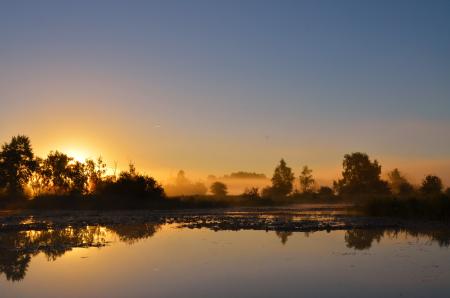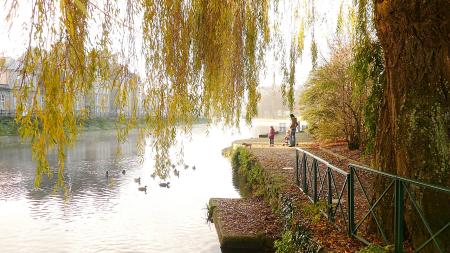Evolution of land cover in French metropolitan Ramsar sites between 1975 and 2005

Designation as a Ramsar Site is an international recognition, awarded to the world’s most important wetlands. Out of the 44 sites designated by France, 33 are found within the metropole.
As part of the National Wetlands Observatory, Tour du Valat / the Mediterranean Wetlands Observatory (MWO), with the help of the Ramsar-France Association, studied the evolution of land cover within 32 of these sites in 1975, 1990 and 2005. Using the methodology developed under the GlobWetland-II project (carried out in partnership with the European Space Agency, JenaOptronics and Ramsar Secretariat), the MWO analysed the evolution of broad habitat classes, and in particular wetlands (natural and man-made); analysed the level of agriculture and urban pressure on the French metropolitan Ramsar Sites; and established simple land-cover maps for the 32 sites at 3 dates. The method helps identify trends at the overall scale of the 32 sites altogether – but not individual sites.
This project was the first national application of an approach previously undertaken at the pan-Mediterranean scale, between 2009-14. A few other countries such as Algeria and Tunisia have already indicated their interest to undertake such a national analysis.
Main results :

- Overall, in 30 years, the natural wetland habitats within the Ramsar Sites have declined by 6%, and man-made wetlands increased by 38%. Natural, terrestrial habitats have declined also. These figures probably underestimate the real changes in French wetlands overall, wetlands which are less protected/ appreciated than the Ramsar Sites.
- Marshes and lagoons, flooded/ riparian forests and wet meadows are amongst the wetland habitats that declined most between 1975 and 2005. Conversely, artificial lakes and ponds increased the most.
- Urban/ artificial habitats largely increased between 1975 and 2005 (+ 39%), both within the metropolitan French Ramsar Sites and their immediate surroundings. Conversely, agriculture surfaces stagnated : +2% to +4 % within the sites, -2% to -3% in the surroundings.
- The Mediterranean coastline witnessed the highest increases of both agriculture and urban developments.
Contacts
C.Perennou perennou@tourduvalat.org
Project leaders, Mediterranean Wetlands Observatory/ Tour du Valat